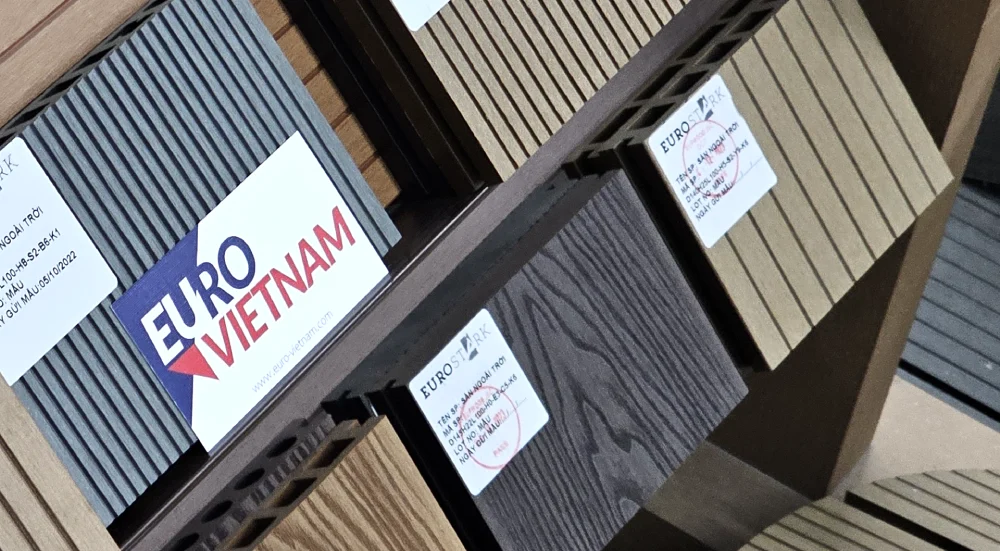Advantages of Wood Plastic Composite Over Traditional Wood
When it comes to choosing materials for outdoor projects like decking, fencing, and cladding, Wood Plastic Composite (WPC) offers several advantages over traditional wood. In this blog post, we’ll explore the key advantages of Wood Plastic Composite over traditional wood, focusing on durability, maintenance, and environmental benefits.
Durability and Longevity
One of the most significant advantages of Wood Plastic Composite is its exceptional durability. Unlike traditional wood, which can rot, warp, or splinter over time, Wood Plastic Composite is resistant to these common issues. This is because Wood Plastic Composite combines wood fibers with plastic, creating a material that can withstand the elements much better than wood alone. Whether you’re considering WPC decking, WPC fencing, or WPC cladding, you can expect a product that will last for many years with minimal signs of wear.
According to a study published in the Journal of Composite Materials, WPC materials show higher resistance to environmental degradation compared to traditional wood, making them suitable for outdoor applications .
Low Maintenance
Another significant benefit of Wood Plastic Composite is its low maintenance requirements. Traditional wood requires regular staining, sealing, and sometimes even painting to maintain its appearance and protect it from the elements. On the other hand, Wood Plastic Composite only needs occasional cleaning with soap and water to keep it looking new. This makes it an attractive option for homeowners who want the look of wood without the hassle of ongoing maintenance. For more information on Wood Plastic Composite products like WPC decking, visit our website.
A report by the Forest Products Laboratory emphasizes that the maintenance costs of WPC are significantly lower than that of traditional wood, making it a cost-effective choice in the long term .
Eco-Friendliness
Wood Plastic Composite is also an environmentally friendly choice. Traditional wood decking and fencing require the harvesting of trees, contributing to deforestation and environmental degradation. In contrast, Wood Plastic Composite is made from recycled wood fibers and plastic, reducing the need for virgin materials and helping to minimize waste. This makes Wood Plastic Composite a sustainable option for environmentally conscious consumers. Additionally, the long lifespan of Wood Plastic Composite products means they don’t need to be replaced as often as wood, further reducing their environmental impact.
Research from the European Union’s Life Cycle Assessment shows that WPC has a lower carbon footprint compared to traditional wood, particularly due to the use of recycled materials in its production .
Aesthetic Appeal
While durability and low maintenance are crucial, Wood Plastic Composite doesn’t compromise on aesthetics. Wood Plastic Composite products are designed to mimic the natural look of wood, with a variety of colors and finishes available to suit any style. Whether you’re looking for a modern or traditional appearance, Wood Plastic Composite can provide the visual appeal of wood without its downsides.
Cost-Effectiveness
Although Wood Plastic Composite may have a higher upfront cost than traditional wood, its long-term cost-effectiveness is unmatched. The durability and low maintenance of Wood Plastic Composite mean that you won’t have to spend money on repairs, replacements, or frequent upkeep. Over time, this can lead to significant savings, making Wood Plastic Composite a smart investment for your home or commercial projects.
Conclusion
In summary, Wood Plastic Composite offers numerous advantages over traditional wood, making it an ideal choice for outdoor projects. From its durability and low maintenance to its environmental benefits, Wood Plastic Composite provides a long-lasting, sustainable solution for decking, fencing, cladding, and more. If you’re considering Wood Plastic Composite for your next project, don’t hesitate to contact us for more information and a personalized quote.
For further reading on specific Wood Plastic Composite applications, check out our pages on WPC pergolas and WPC cladding.
References:

